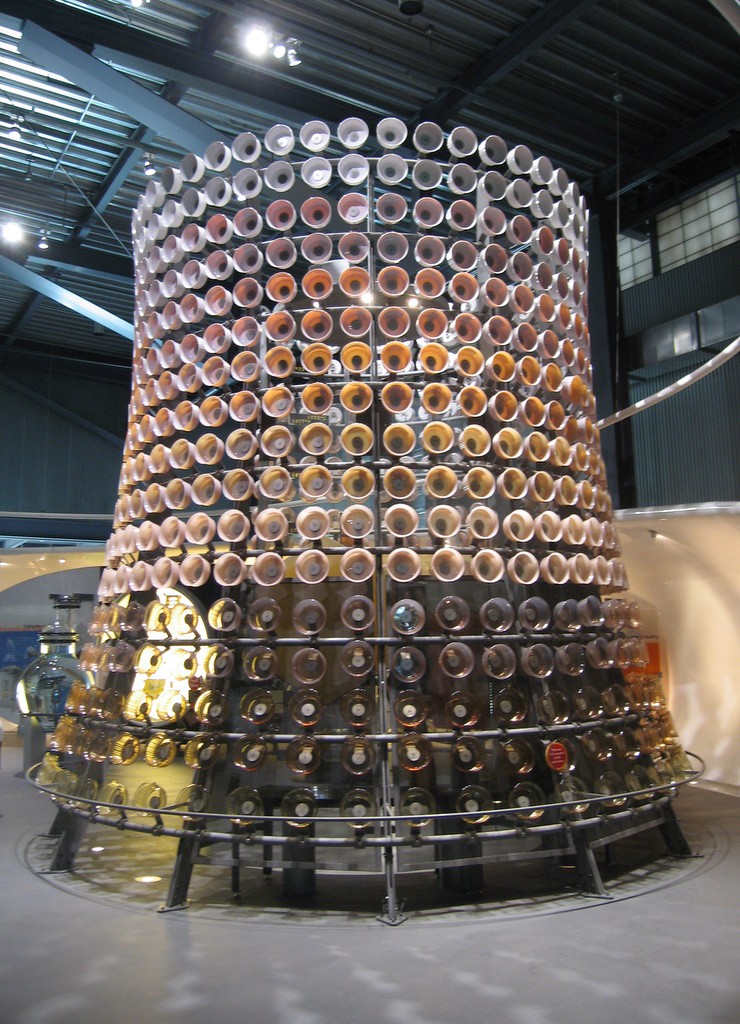Philanthropists bring many great goods to America—but it also can seem, in some cases, that philanthropists seek to bring attention to themselves as much as to the causes that they support.
It’s not just that many philanthropists fund eponymous foundations and put their name on the music halls and college dormitories they fund. Many museums bear the name of their founding donor—such as the Isabella Stewart Gardner Museum, the J. Paul Getty Museum, and the Barnes Foundation. The philanthropists who endowed these colleges and museums conferred a true benefit, but they also took care burnish their own names. The donor’s founding vision pervades each of these institutions—very much to the good in some ways: the Barnes Collection, for example, would not be the same without Albert Barnes’ unique vision. But when one visits these museums it is impossible to focus just on the art without thinking also about the museum’s founding donor.
So it was a wonderful treat to visit a museum endowed by a single major donor that didn’t have that air at all.
Now, this donor wasn’t a person, so the case isn’t quite like the other museums I’ve just mentioned. But it was remarkable all the same.
The museum I have in mind is the Corning Museum of Glass, founded by the Corning Glass Works to celebrate its centennial in 1951. The Corning Glass Works (now Corning Inc.) had become a cornerstone of American industry by getting nearly every housewife in America to buy Pyrex kitchenware and by becoming a leader in high-tech optics and other uses of glass. And it used some of its fortune to create what is truly a remarkable collection of art glass and historical glass.
I’ve long wanted to visit this museum, having worked in a crystal and china shop during my college years and there become an admirer of art glass. And the Corning Museum of Glass didn’t disappoint—astonishingly beautiful contemporary art glass as well as glass from ancient Mesopotamia, Egypt, Greece, and Rome.
But one of the things that most struck me is the modest, understated role of Corning Inc. In a day and age when we may feel constantly subject to corporate branding and corporate presence, the Corning Museum of Glass simply did not feel like an advertisement for Corning glass at all: It would almost be possible to visit the museum without knowing that the museum was endowed by a corporation. (There were a few displays that did refer to Corning Inc. but these were not front and center: a section that featured the scientists at Corning and their innovations from optics for astronomy to fiber optics, and a special exhibition, not in the main building, about the 2015 centennial of Corning’s Pyrex glass.)
Instead, Corning Inc. seemed present only through its generous philanthropy: a truly wonderful collection, with a lower admission fee than most museums of its stature—and, in an acknowledgment of the company’s continuing role in the Corning, New York community, half-price admission for local residents.
The understated role of Corning Inc. seemed to be a continuation of the understated claims of its founders, who choose to name the company for the city of Corning, where it settled in its early years, rather than for themselves (bet you don’t know the name of the Corning Glass Works founders: Amory Houghton Sr. and Amory Houghton Jr.). Other major companies founded in the same period—Edison Electric, Dow Chemical, and the Ford Motor Company—were named for their founders.
There’s an old saying, “you can do a lot of good if you don’t care about getting credit for it”—and philanthropy is no except to this rule. The experience of the beautiful glass in this museum just wouldn’t be the same if visitors felt they were being sold on Pyrex measuring cups and Corningware casseroles at the same time as they were admiring glass from the ancient world or fashioned by the best contemporary artists. It’s to the great credit of Corning Inc. that it doesn’t insist on detracting from its terrific museum by highlighting its own philanthropy.







I am excited to visit this museum, and appreciated reading the tribute to the museum and its founders, and also learning about the history of the museum